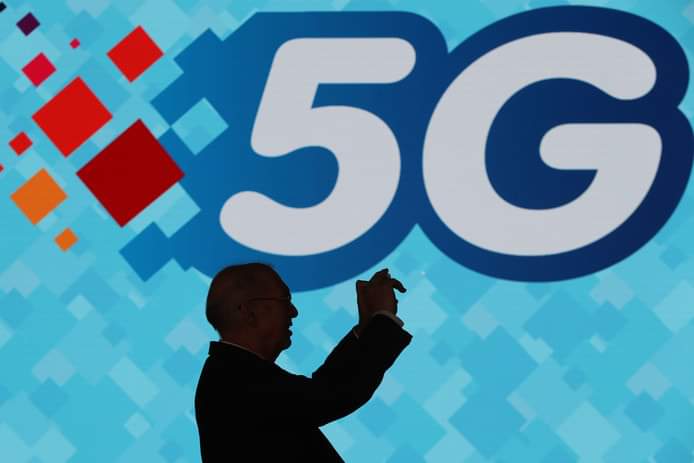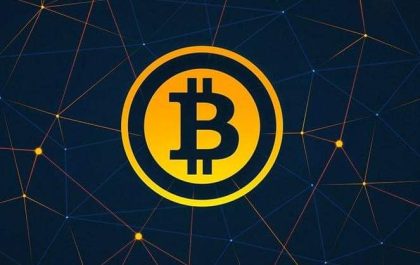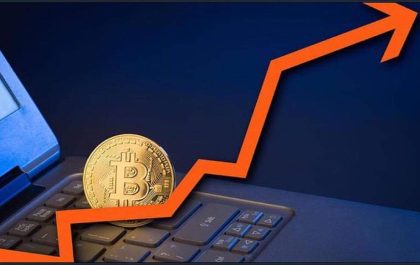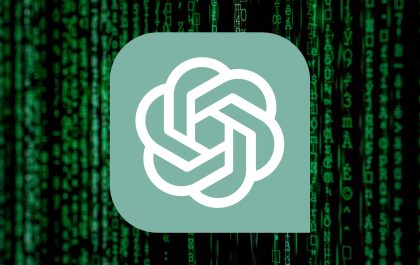Q: What is 5G?
A: 5G is the 5th generation mobile network. It will take a much larger role than previous generations.
5G will elevate the mobile network to not only interconnect people, but also interconnect and control machines, objects, and devices. It will deliver new levels of performance and efficiency that will empower new user experiences and connect new industries. 5G will deliver multi-Gbps peak rates, ultra-low latency, massive capacity, and more uniform user experience. For the latest information on 5G, you should visit our 5G website.
Q: What are the other generations of mobile networks?
A: The other mobile network generations are 1G, 2G, 3G, and 4G.
1G delivered analog voice.
2G introduced digital voice (e.g., CDMA).
3G brought mobile data (e.g., CDMA2000).
4G LTE ushered in the era of mobile Internet.

Q. What are the benefits of 5G?
A: 5G is a new kind of network: a platform for innovations that will not only enhances today’s mobile broadband services, but will also expand mobile networks to support a vast diversity of devices and services and connect new industries with improved performance, efficiency, and cost. 5G will redefine a broad range of industries with connected services from retail to education, transportation to entertainment, and everything in between. We see 5G as technology as transformative as the automobile and electricity.
Through a landmark 5G Economy study, we found that 5G’s full economic effect will be realized across the globe by 2035, supporting a wide range of industries and potentially producing up to $12 trillion worth of goods and services.
The study also revealed that the 5G value chain (OEMs, operators, content creators, app developers and consumers) could alone generate up to $3.5 trillion in overall aggregate revenue by 2035 and support up to 22 million jobs, or more than one job for every person in Beijing, China. Of course, there are many emerging and new applications that are yet to be completely defined or even known today. That is why only time will tell what the full “5G effect” is going to be.
Q: What services and use cases do you see for 5G?
A: In general, 5G use cases can be broadly categorized into three main types of connected services:
Enhanced Mobile Broadband: 5G will not only make our smartphones better, but it will also usher in new immersive experiences, such as VR and AR, with faster, more uniform data rates, lower latency, and cost-per-bit.
Mission-Critical communications: 5G will enable new services that can transform industries with ultra-reliable/available, low latency links—such as remote control of critical infrastructure, vehicles, and medical procedures.
Massive Internet of Things: 5G will seamlessly connect a massive number of embedded sensors in virtually everything through the ability to scale down in data rates, power and mobility to provide extremely lean/low-cost solutions.
A defining capability of 5G is also the design for forward compatibility—the ability to flexibly support future services that are unknown today.

Q: How fast is 5G?
A: Per IMT-2020 requirements, 5G is expected to deliver peak data rates up to 20 Gbps. Qualcomm Technologies’ first 5G NR modem, the Qualcomm® Snapdragon™ X50 5G modem, is designed to achieve up to 5 Gbps in downlink peak data rate.
But 5G is more than about just how “fast” it is. In addition to higher peak data rates, 5G will provide much more network capacity by expanding into new spectrum, such as millimeter wave (mmWave). 5G will also deliver much lower latency for a quicker immediate response, and an overall more uniform user experience so that the data rates stay consistently high even when users are moving around. Moreover, the new 5G NR (New Radio) mobile network will be backed up by Gigabit LTE coverage foundation, which will provide ubiquitous Gigabit-class connectivity.
Q: What are the key differentiating 5G technologies?
A: 5G is bringing a wide range of technology inventions in both the 5G NR (New Radio) air interface design as well as the 5G NextGen core network.
The new 5G NR air interface introduces many foundational wireless inventions, and in our opinion, the top five are:
Scalable OFDM numerology with 2n scaling of subcarrier spacing
Flexible, dynamic, self-contained TDD subframe design
Advanced, flexible LDPC channel coding
Advanced massive MIMO antenna technologies
Advanced spectrum sharing techniques
For more details on these key 5G NR technologies, please read this 5G NR inventions blog post.
Q: How does 5G work?
A: Like 4G LTE, 5G is also OFDM-based and will operate based on the same mobile networking principles. However, the new 5G NR (New Radio) air interface will further enhance OFDM to deliver a much higher degree of flexibility and scalability. For more details on 5G waveform and multiple access techniques, please refer to this this 5G waveform whitepaper.
5G will not only deliver faster, better mobile broadband services compared to 4G LTE, but it will also expand into new service areas, such as mission-critical communications and connecting the massive IoT. This is enabled by many new 5G NR air interface design techniques, such as a new self-contained TDD subframe design; for more detailed information on 5G and to understand the specific 5G NR design components, please refer to this 5G NR whitepaper.
It is important to note that initial 5G NR deployments will focus on enhanced mobile broadband (eMBB) use cases to boost capacity and provide an elevated mobile broadband experience (faster speeds, lower latencies, etc.).
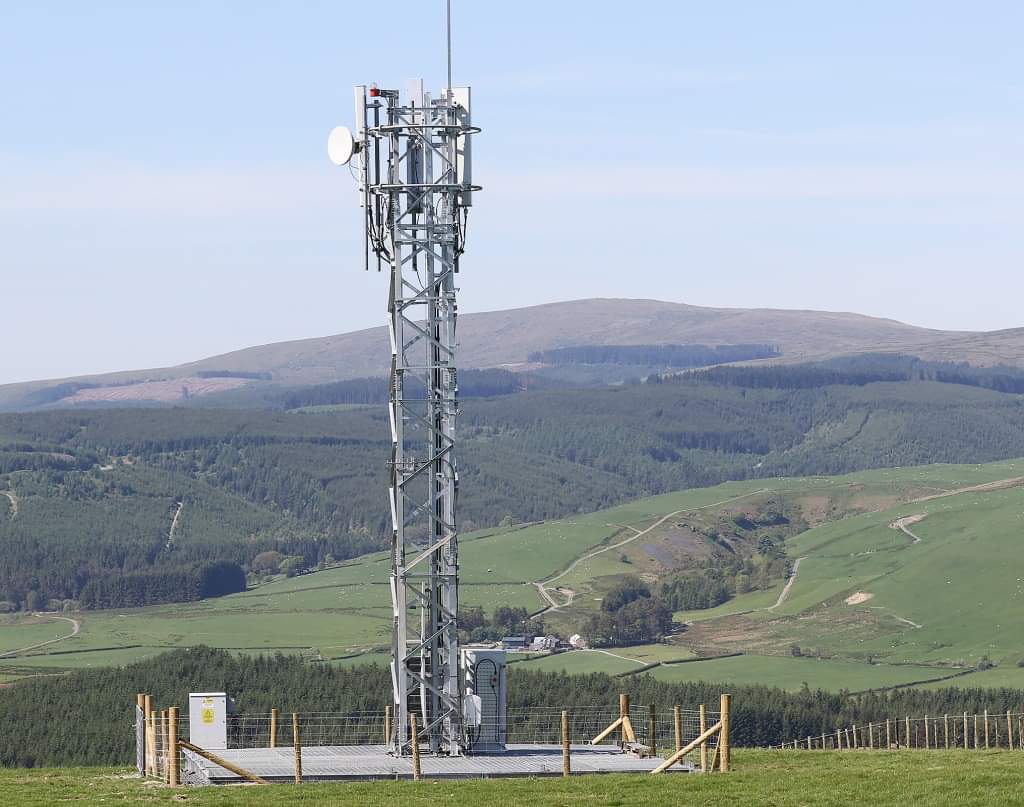
As with previous generations of mobile networks, it will take time to proliferate the new 5G network. 4G LTE will continue to grow and serve as the anchor of the 5G mobile experience (via multi-connectivity) for many years to come by providing Gigabit data rates outside 5G coverage areas.
Q: How much is 5G?
A: 5G doesn’t have a price tag yet.
A key 5G objective is to lower the cost-per-bit (data cost) compared to 4G LTE, by leveraging new and wider spectrum in higher bands including the mmWave range.
This could potentially allow mobile operators to continue offer unlimited data plans even with increasing data consumption. This can also enable new use cases and make more applications economically viable for broader adoption in a 5G network. For example, 5G can help to proliferate immersive augmented and virtual reality, which is possible today with 4G LTE but may be limited by network capacity and data costs.
Q: Who is working on 5G?
A: 5G is being driven by 3GPP, which is the standard body that also oversaw the development of 3G UMTS (including HSPA) and 4G LTE standards. 3GPP is a group of companies across the entire mobile ecosystem, all working on 5G. It ranges from infrastructure vendors and component/device manufacturers to mobile network operators and vertical service providers. Qualcomm Technologies is at the heart of the 3GPP, driving many essential inventions across all aspects of the 5G design, from the air interface to the service layer.
We expect the impact of 5G will be much greater than previous network generations. The development requirements of the new 5G network are expanding beyond the traditional mobile networking players to industries such as the automotive industry. That is why 3GPP is seeing a surge of new members that cut across a wide range of industries. It will take close collaboration among 3GPP members to make 5G a reality.
Q: What is the difference between 4G and 5G?
A: There are several differences between 4G vs 5G:
5G is a unified platform that is more capable than 4G
5G uses spectrum better than 4G
5G is faster than 4G
5G has more capacity than 4G
5G has lower latency than 4G
5G is a unified platform that is more capable than 4G
While 4G LTE focused on delivering much faster mobile broadband services than 3G, 5G is designed to be a unified, more capable platform that will not only elevate mobile broadband experiences, but also support new services such as mission-critical communications and the massive IoT. 5G will also natively support all spectrum types (licensed, shared, unlicensed) and bands (low, mid, high), a wide range of deployment models (from traditional macro-cells to hotspots), as well as new ways to interconnect (such as device-to-device and multi-hop mesh).
5G uses spectrum better than 4G
5G will also get the most out of every bit of spectrum across a wide array of available spectrum regulatory paradigms and bands — from low bands below 1 GHz, to mid bands from 1 GHz to 6 GHz, to high bands known as millimeter-wave.
5G is faster than 4G
5G will be significantly faster than 4G, delivering up to 20 Gigabits-per-second peak data rates and 100+ Megabits-per-second average data rates.
5G has more capacity than 4G
5G will support a 100x increase in traffic capacity and network efficiency1.
5G has lower latency than 4G
5G has significantly lower latency to deliver more instantaneous, real-time access: a 10x decrease in end-to-end latency down to 1ms1.
Q: What is 5G Wi-Fi?
A: 5G Wi-Fi isn’t a thing.
5G is the next-generation mobile technology defined by 3GPP (3rd Generation Partnership Project) – the standard body that also overlooked the development of 3G UMTS (including HSPA) and 4G LTE standards.
Wi-Fi is defined/standardized by IEEE and promoted/certified by the Wi-Fi Alliance, not 3GPP.
A 5G user will be able to seamlessly use 5G, 4G, and Wi-Fi since 5G will interwork both with 4G and Wi-Fi, allowing a user to simultaneously be connected to 5G New Radio (NR), LTE or Wi-Fi. Similar to Wi-Fi, 5G NR will also be designed for unlicensed spectrum without requiring access to licensed spectrum, which allows more entities to deploy 5G and enjoy the benefits of 5G technology.
Related posts
Global | Didi Angaye Earns A Distinction Award, Another Feather To The Cap
On a bright sunny day, in the month of July, 2024, the prestigious Staffordshire University located in the West Midlands of England organised its Award giving and Graduation ceremony to honour graduates of various educational programmes and courses which it offers. Didi Timipah Angaye,…
Olu Of Warri Bags Award In UK, Wife Advocates Return To Cultural Values
The Olu of Warri, Ogiame Atuwatse III, has received the Leadership and Community Development award at the 14th African Achievers Awards (AAA), which took place at the Parliament House, United Kingdom. The award was presented by a member of the House of Lords, London, Rt…
Brit Awards | Asake, Burna Boy And Other ‘New Cats’ Get Nominations
Nigerian singers Burna Boy, Asake, and Rema have been nominated for the 2024 Brit Awards. The nomination list for the annual music awards show was released on Wednesday 25, January 2024. Burna Boy and Asake made the ‘Best International Artiste’ category, while ‘Calm…
Brit Awards 2024 | The Full List Of Artist(e)s
This year’s Brits nominees have been revealed ahead of the ceremony in London in March. Dua Lipa is the first star confirmed to perform at the event – but how many awards is she up for? Musicians including Raye, Central Cee, J Hus and Blur are also…
Despite Increased Transfer Volume And Institutional Adoption, Bitcoin Stays Below $60K
Bitcoin’s price hovers around $59K as increased transfer volume indicates a stable demand among investors. CryptoQuant data indicates buyers are absorbing the panic selling pressure around the $57K price level. Bitwise’s latest report suggests that institutional investors are still buying Bitcoin despite the recent price…
Traders Focus On Meme Coins As Bitcoin, Ethereum And XRP Erase Recent Gains
Bitcoin, Ethereum and XRP dip under key support levels at $60,000, $2,600 and $0.60 respectively. Tron ecosystem’s meme launchpad SunPump generates over $1.1 million in revenue within twelve days of its launch. Tron network daily revenue reached a record high of $26.83 million on Tuesday,…
Top 10 Cryptocurrencies To Invest in January 2024
-Michael Adams From Bitcoin and Ethereum to Dogecoin and Tether, there are thousands of different cryptocurrencies, making it overwhelming when you’re first getting started in the world of crypto. To help you get your bearings, these are the top 10 cryptocurrencies based on their market…
The Risk And Reward Of ChatGPT In Cybersecurity
Juan is an experienced CTO with a demonstrated history of working in the computer and network security industry. He is an information technology professional skilled in SAP and Oracle applications, computer forensics, vulnerabilities research, IPS/IDS and information security. Unless you’ve been on a retreat in…


